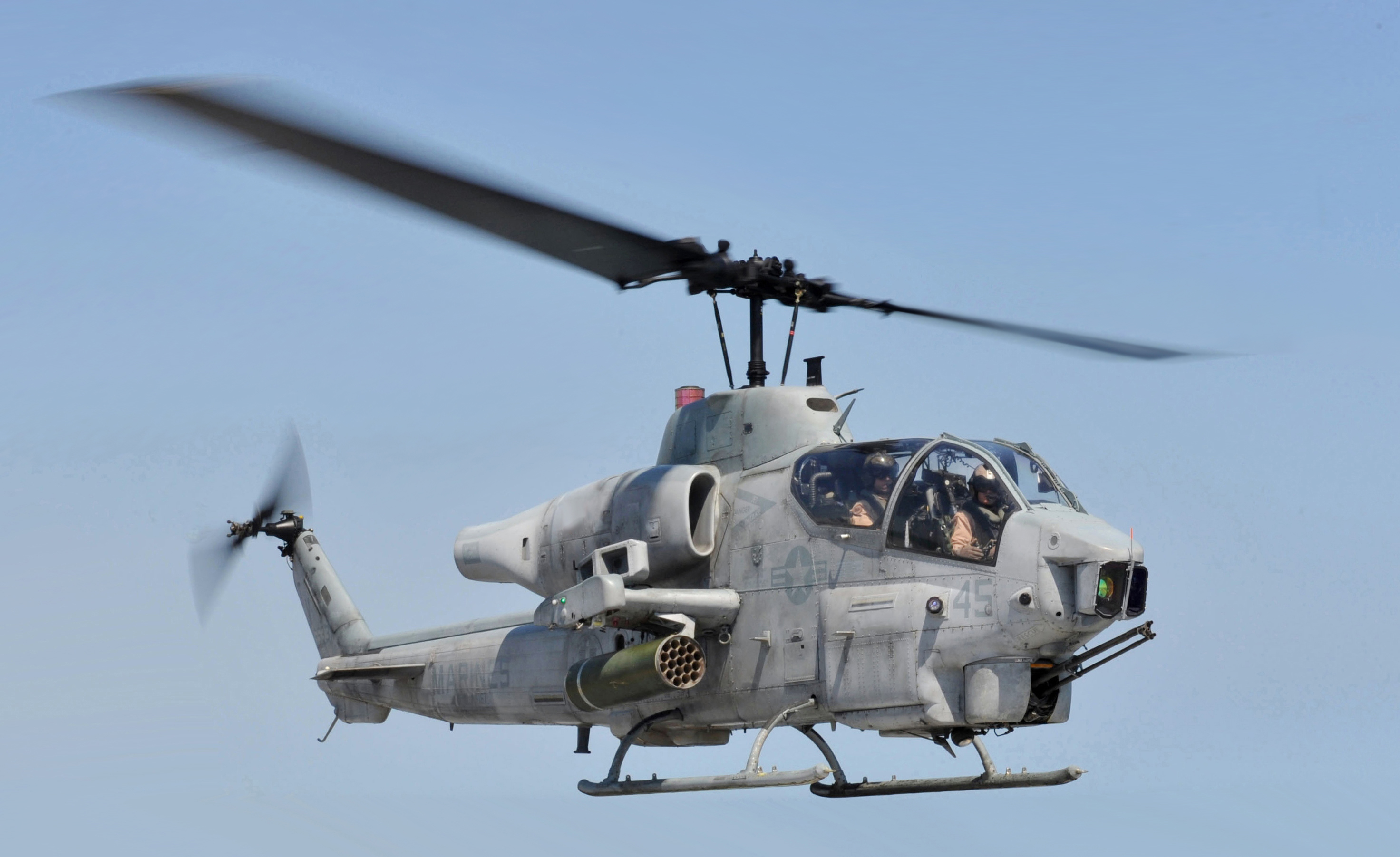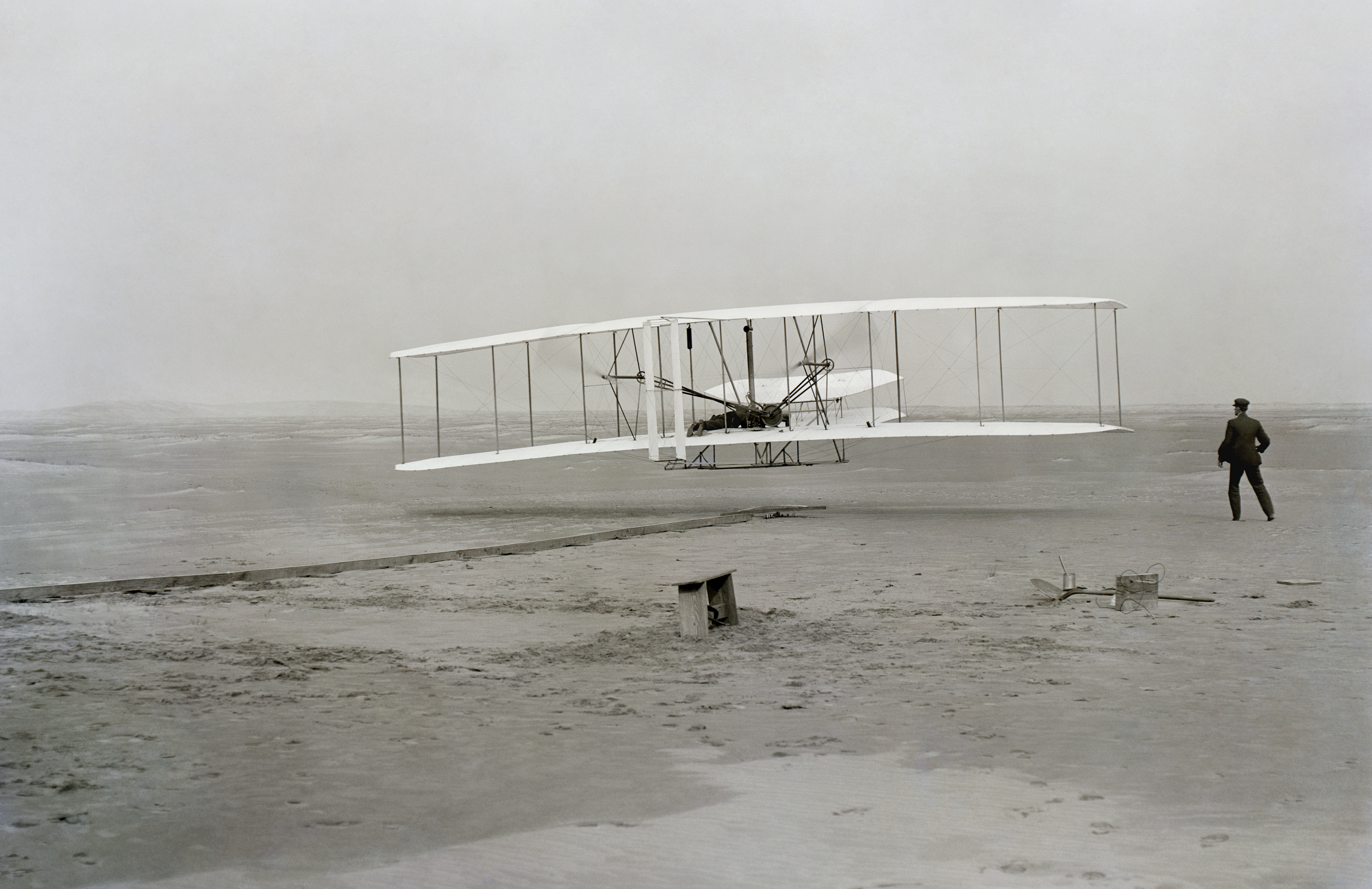|
Autogiro
An autogyro (from Greek and , "self-turning"), gyroscope, gyrocopter or gyroplane, is a class of rotorcraft that uses an unpowered rotor in free autorotation to develop lift. A gyroplane "means a rotorcraft whose rotors are not engine-driven, except for initial starting, but are made to rotate by action of the air when the rotorcraft is moving; and whose means of propulsion, consisting usually of conventional propellers, is independent of the rotor system." While similar to a helicopter rotor in appearance, the autogyro's unpowered rotor disc must have air flowing upward across it to make it rotate. Forward thrust is provided independently, by an engine-driven propeller. It was originally named the ''autogiro'' by its Spanish inventor and engineer, Juan de la Cierva, in his attempt to create an aircraft that could fly safely at low speeds. He first flew one on January 1923, at Cuatro Vientos Airport in Madrid. The aircraft resembled the fixed-wing aircraft of the day, with ... [...More Info...] [...Related Items...] OR: [Wikipedia] [Google] [Baidu] |
Pitcairn Aircraft Company
The Pitcairn Aircraft Company was an American aircraft manufacturer of light utility aircraft. An early proponent of the autogyro, the company, later known as the Autogiro Company of America among other names, remained in business until 1948. History Harold Frederick Pitcairn, the youngest son of PPG Industries founder John Pitcairn, Jr., founded Pitcairn Aircraft Company. The business started with the formation of Pitcairn Flying School and Passenger Service on 2 November 1924, which later became Eastern Airlines. In 1926, Pitcairn started Pitcairn Aircraft Company initially to build aircraft for his growing airmail service. He purchased a field in Horsham Township, Montgomery County, Pennsylvania and built Pitcairn Field no. 2. The first aircraft, a Pitcairn PA-1 Fleetwing, was built at the Bryn Athyn field. In 1927, Pitcairn brought aboard a friend and designer from his apprenticeship days at Curtiss Aeroplane and Motor Company, Agnew E. Larsen. Larsen left the Thomas-M ... [...More Info...] [...Related Items...] OR: [Wikipedia] [Google] [Baidu] |
AutoGyro Calidus - Shuttleworth Season Premiere 2016 (26422815634)
An autogyro (from Ancient Greek, Greek and , "self-turning"), gyroscope, gyrocopter or gyroplane, is a class of rotorcraft that uses an unpowered Helicopter rotor, rotor in free autorotation to develop lift (force), lift. A gyroplane "means a rotorcraft whose rotors are not engine-driven, except for initial starting, but are made to rotate by action of the air when the rotorcraft is moving; and whose means of propulsion, consisting usually of conventional propellers, is independent of the rotor system." While similar to a helicopter rotor in appearance, the autogyro's unpowered rotor disc must have air flowing upward across it to make it rotate. Forward thrust is provided independently, by an engine-driven propeller. It was originally named the ''autogiro'' by its Spanish inventor and engineer, Juan de la Cierva, in his attempt to create an aircraft that could fly safely at low speeds. He first flew one on January 1923, at Cuatro Vientos Airport in Madrid. The aircraft resemb ... [...More Info...] [...Related Items...] OR: [Wikipedia] [Google] [Baidu] |
Gyroplane
An autogyro (from Greek and , "self-turning"), gyroscope, gyrocopter or gyroplane, is a class of rotorcraft that uses an unpowered rotor in free autorotation to develop lift. A gyroplane "means a rotorcraft whose rotors are not engine-driven, except for initial starting, but are made to rotate by action of the air when the rotorcraft is moving; and whose means of propulsion, consisting usually of conventional propellers, is independent of the rotor system." While similar to a helicopter rotor in appearance, the autogyro's unpowered rotor disc must have air flowing upward across it to make it rotate. Forward thrust is provided independently, by an engine-driven propeller. It was originally named the ''autogiro'' by its Spanish inventor and engineer, Juan de la Cierva, in his attempt to create an aircraft that could fly safely at low speeds. He first flew one on January 1923, at Cuatro Vientos Airport in Madrid. The aircraft resembled the fixed-wing aircraft of the day ... [...More Info...] [...Related Items...] OR: [Wikipedia] [Google] [Baidu] |
Cierva Autogiro Company
The Cierva Autogiro Company was a British firm established in 1926 to develop the autogyro. The company was set up to further the designs of Juan de la Cierva, a Spanish engineer and pilot, with the financial backing of James George Weir, a Scottish industrialist and aviator. History Juan de la Cierva's first British-built autogyro was the C.8 design. It and some other designs were built in conjunction with Avro. The pre-war Cierva C.30 proved popular. Nearly 150 were built under licence in the United Kingdom by Avro, in Germany by Focke-Wulf, and in France by Lioré-et-Olivier. On 9 December 1936, Cierva was killed in the Croydon KLM airliner accident when the aircraft in which he was a passenger crashed after taking off in fog. Dr. James Allan Jamieson Bennett was promoted to Chief Technical Officer of the company and remained in the position until leaving in 1939. In addition to making important contributions to autogyro controls while at Cierva Autogyro, Bennett carrie ... [...More Info...] [...Related Items...] OR: [Wikipedia] [Google] [Baidu] |
Helicopter Rotor
On a helicopter, the main rotor or rotor system is the combination of several rotary wings (rotor blades) with a control system, that generates the aerodynamic lift (force), lift force that supports the weight of the helicopter, and the thrust that counteracts aerodynamic drag in forward flight. Each main rotor is mounted on a vertical mast over the top of the helicopter, as opposed to a helicopter tail rotor, which connects through a combination of drive shaft(s) and gearboxes along the tail boom. The blade pitch is typically controlled by the pilot using the helicopter flight controls. Helicopters are one example of rotary-wing aircraft (rotorcraft). The name is derived from the Greek words ''helix'', helik-, meaning spiral; and ''pteron'' meaning wing. Design principles Overview The helicopter rotor is powered by the engine, through the transmission, to the rotating mast. The mast is a cylindrical metal shaft that extends upward from—and is driven by—the transmission. ... [...More Info...] [...Related Items...] OR: [Wikipedia] [Google] [Baidu] |
VPM M-16 Engine And Rotor
VPM may refer to: * Varying Permeability Model * Ventral posteromedial nucleus, a nucleus of the thalamus; part of the brain. * Virginia Payload Module, a weapon system planned for Block 5 of the US Navy's Virginia-class submarine * Volcanic passive margin Volcanic passive margins (VPM) and Non-Volcanic Passive Margins, non-volcanic passive margins are the two forms of transitional crust (geology), crust that lie beneath passive margin, passive continental margins that occur on Earth as the result of ... * VPM Media Corporation * VPM SnC, an Italian autogyro company, renamed Magni Gyro in 1996 * Vranken Pommery Monopole * Vel Phillips Memorial High School, a public high school in Madison, Wisconsin Radio stations * VPM-FM, a radio station in Belize * Three related public radio stations in Virginia ** WBBT-FM, branded as VPM Music, ** WWLB, branded as VPM Music ** WCVE-FM, branded as VPM News {{disambig ... [...More Info...] [...Related Items...] OR: [Wikipedia] [Google] [Baidu] |
Buhl A-1 Autogyro
The Buhl A-1 Autogiro was an autogyro optimised for air camera work designed and built from 1930. To this end, Etienne Dormoy designed the Buhl A-1, an autogyro An autogyro (from Greek and , "self-turning"), gyroscope, gyrocopter or gyroplane, is a class of rotorcraft that uses an unpowered rotor in free autorotation to develop lift. A gyroplane "means a rotorcraft whose rotors are not engine-d ... with a pusher engine located behind the pilot and camera operator. The Buhl A-1 was the first pusher style autogyro. It is now on display at the Hiller Aviation Museum in San Carlos, California. Specifications See also References External links The Buhl A-1 Autogiro {{Buhl aircraft Bull A-1 Single-engined pusher autogyros 1930s United States experimental aircraft Low-wing aircraft Aircraft first flown in 1931 ... [...More Info...] [...Related Items...] OR: [Wikipedia] [Google] [Baidu] |
Igor Bensen
Igor Vasilevich Bensen (; April 1, 1917 – February 10, 2000) was a Russian-American engineer. He founded Bensen Aircraft, a US company which produced a successful line of gyrogliders (rotor kites) and autogyros. Early life and education He was born in Rostov-on-Don, Russia, and eventually reached the United States in 1937. He began studies at age 17 while in Belgium, won a scholarship to study in the US three years later. He received a Bachelor of Science degree in mechanical engineering from Stevens Institute of Technology in Hoboken, New Jersey in 1940, later becoming a Registered Professional Engineer. Career Bensen flew his first towed gyroglider in 1954. He founded the Popular Rotorcraft Association (PRA) in 1962, a non-profit interest group for owners and homebuilders of autogyros and helicopter A helicopter is a type of rotorcraft in which Lift (force), lift and thrust are supplied by horizontally spinning Helicopter rotor, rotors. This allows the he ... [...More Info...] [...Related Items...] OR: [Wikipedia] [Google] [Baidu] |
Pusher Configuration
In aeronautical and naval engineering, pusher configuration is the term used to describe a drivetrain of air- or watercraft with propulsion device(s) after the engine(s). This is in contrast to the more conventional tractor configuration, which places them in front. Though the term is most commonly applied to aircraft, its most ubiquitous propeller example is a common outboard motor for a small boat. “Pusher configuration” describes the specific (propeller or ducted fan) thrust device attached to a craft, either aerostats (airship) or aerodynes (aircraft, WIG, paramotor, rotorcraft) or others types such as hovercraft, airboats, and propeller-driven snowmobiles. History The rubber-powered "Planophore", designed by Alphonse Pénaud in 1871, was an early successful model aircraft with a pusher propeller. Many early aircraft (especially biplanes) were "pushers", including the Wright Flyer (1903), the Santos-Dumont 14-bis (1906), the Voisin-Farman I (1 ... [...More Info...] [...Related Items...] OR: [Wikipedia] [Google] [Baidu] |
Autorotation (helicopter)
Autorotation is a state of flight in which the Helicopter rotor, main rotor system of a helicopter or other rotary-wing aircraft turns by the action of air moving up through the rotor, as with an autogyro, rather than engine power driving the rotor.Igor Bensen, Bensen, Igor.How they fly – Bensen explains all" ''Gyrocopters UK''. Accessed: 10 April 2014. Quote: "air.. (is) deflected downward"Charnov, Bruce HCierva, Pitcairn and the Legacy of Rotary-Wing Flight ''Hofstra University''. Accessed: 22 November 2011. The term ''autorotation'' dates to a period of early helicopter development between 1915 and 1920, and refers to the rotors turning without the engine."Autorotation", ''Dictionary.com Unabridged (v 1.1)''. Random House, Inc. 17 April 2007 It is analo ... [...More Info...] [...Related Items...] OR: [Wikipedia] [Google] [Baidu] |
Hofstra University
Hofstra University is a Private university, private research university in Hempstead, New York, United States. It originated in 1935 as an extension of New York University and became an independent college in 1939. Comprising ten schools, including the Zucker School of Medicine and the Maurice A. Deane School of Law, Hofstra has hosted a series of prominent presidential conferences and several United States presidential debates. History The college was founded in 1935 on the estate of namesake William S. Hofstra (1861–1932), a lumber entrepreneur of Dutch ancestry, and his second wife Kate Mason (1854–1933). It began as an extension of New York University (NYU) under the name Nassau College – Hofstra Memorial of New York University. It became the fourth U.S. college or university named after a Dutch Americans, Dutch American. The extension had been proposed by a Hempstead resident, Truesdel Peck Calkins, who had been superintendent of schools for Hempstead. In her will, ... [...More Info...] [...Related Items...] OR: [Wikipedia] [Google] [Baidu] |






